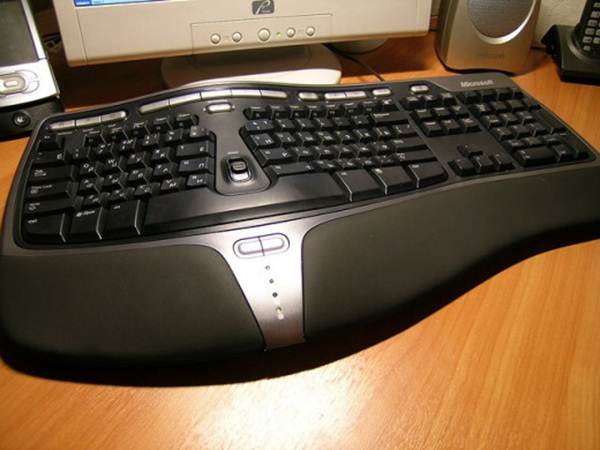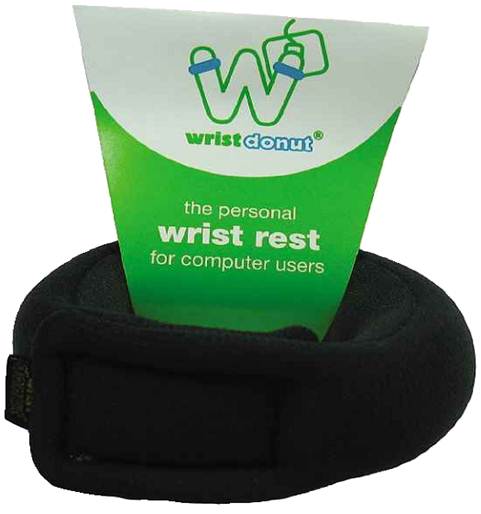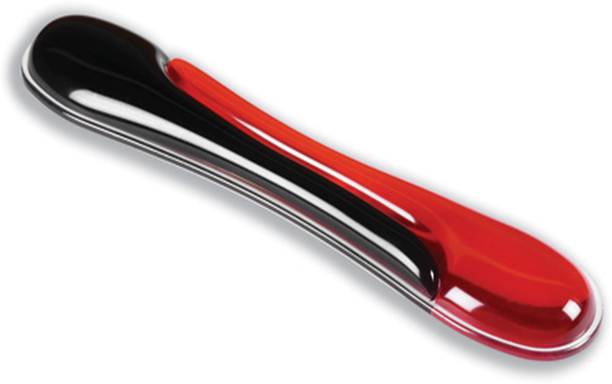The fit don't sit
Taking the 'we're not designed to sit'
ethos into scientific territory, a study began in 1982 monitoring 7,744
Australian men between the ages of 20 and 89 over a 20-year period. The full
article can be bought and read at tinyurl.com/standingstudy, or you can access
the conclusion for free via the same link. An extract from that conclusion
reads: “Health promotion efforts targeting physically inactive men should
emphasize both reducing sedentary activity and increasing regular physical
activity for optimal cardiovascular health". Although the study focused on
men, it's doubtful the benefits of being less sedentary are gender specific.
Peripheral vision
Posture and the general positioning of your
frame is a crucial thing to take into consideration when it comes to PC use.
Your spine and legs are obviously of the utmost importance in keeping you
upright, so looking after them and investigating any pain, tension and
discomfort is important. However, there are other risk factors, and other parts
of the body that need looking after.
Repetitive strain injury (RSI) is the
number one thing we think of when we consider pain and injury in every day
computer use. Also referred to as upper limb disorder (ULD), repetitive movement
disorder (RMD), cumulative trauma disorder (CTD) and occupational overuse
syndrome (OOS), it tends to amount to the same thing in PC users: pain
attributed to overuse of specific parts of the upper body engaged in
computer-related activity

Microsoft's long-standing ergonomic keyboard
Of course, the best thing to do if you
experience any such pain or unusual sensations is to see your GP or another
health professional to reduce the risk of further pain and long-term issues. If
prevention isn't possible, avoidance should be the aim. Resting, taking breaks
and exercises suggested by a health professional are a good idea. There are
also a few other things to think about.
Self-assess
The government wants to keep us happy at
work (no comment), and one of the links from the earlier mentioned direct.gov
site has tips on “sitting in the right position and improving your
workspace". This links to an NHS web page entitled 'How to sit correctly'.
Debates on whether 'sitting correctly' is possible aside, the NHS provides
common sense advice including the following: support your back, your eyes
should be level with the top of the monitor (take note laptop users), your
knees should be level with your hips, your forearms and wrists should be
straight and level, and your feet should be flat on the floor or supported.

Tasty wrist support
There's more in-depth information, but the
take away is that if it feels unnatural, then it probably is. Of course,
keeping your forearms and wrists straight when using your average keyboard
isn't the easiest thing unless you have no need for any of the keys in the
middle, but the advice is best kept to if possible. And besides, there's no
shortage of products designed to help you out.
Floored
Footstools or footrests aren't common in
the office in my experience, but they certainly should be. People sit in weird
positions in chairs, and with the amount of time we sit in them (wait while I
get up and stretch), we're inclined to keep moving our legs and feet into odd
positions to try to be comfortable. The temptation to cross legs, tuck them
under your chair and try all manner of other positions is big. You might think
you don't know what to do with your feet to get comfortable, but putting them
flat on the floor is a start, and occasionally moving them to ensure good
circulation is worth doing. If that's not for you, investing in a footrest
might be a good idea.

Kensington Duo keyboard rest
The reported benefits are improved posture
and circulation, both of which are fairly important. In the first instance, if
you feel tension at the back of your legs and have your feet flat on the floor,
a footrest will lift the toes, relieving pressure. In the second, a rocking
footrest will encourage blood circulation and is believed to help decrease the chance
of blood clots which, though rare, increases when we remain sedentary.
There's a good range of footrests
available, and a quick search of Amazon brings up three likely candidates:
Kensington's Sole mate plus is $31, and its Sole massage is $58. The Sole
massage should stimulate your feet, but if that seems a little too high a
price, you can currently pick up the Fellowes Smart Suites Standard Foot Rocker
for $36. The Foot Rocker looks like a footrest on secured wheels, but the
majority of users seem happy with the results.
However, even if you do get one, it's
important that footrests shouldn't be thought of as a reason to sit for longer
than usual. They exist to reduce the tension in your legs when you do sit, but
the best thing is to sit a little less, and at least take those hourly breaks!
“If it feels unnatural, then it probably
is”